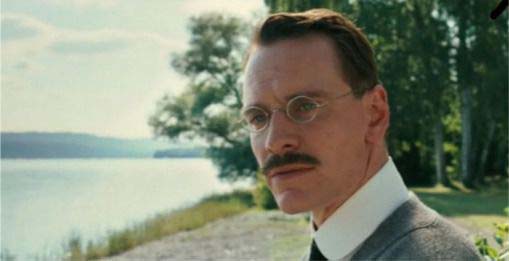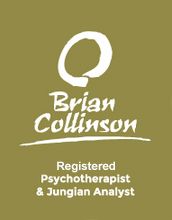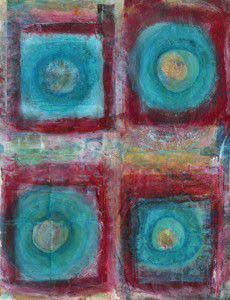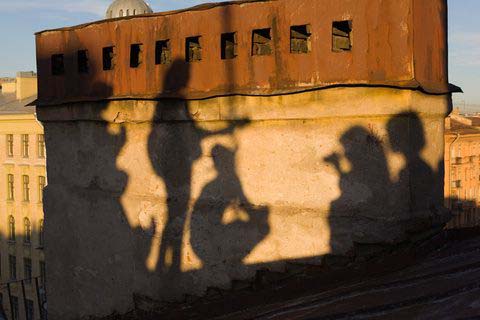
Jung Freud Individual Therapy & Major Life Transitions 2
My first post on “A Dangerous Method” looked into the depths of the film to see what it could teach us both about the nature of individual therapy and the psychological character of major life transitions. This post looks at two other insights that the film offers about…









